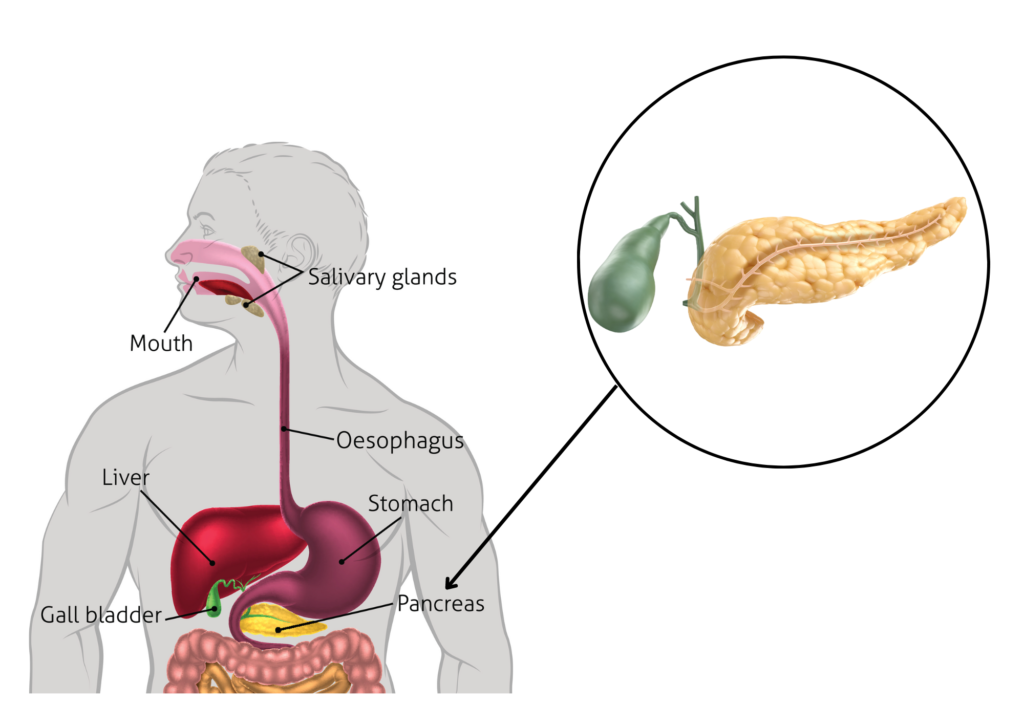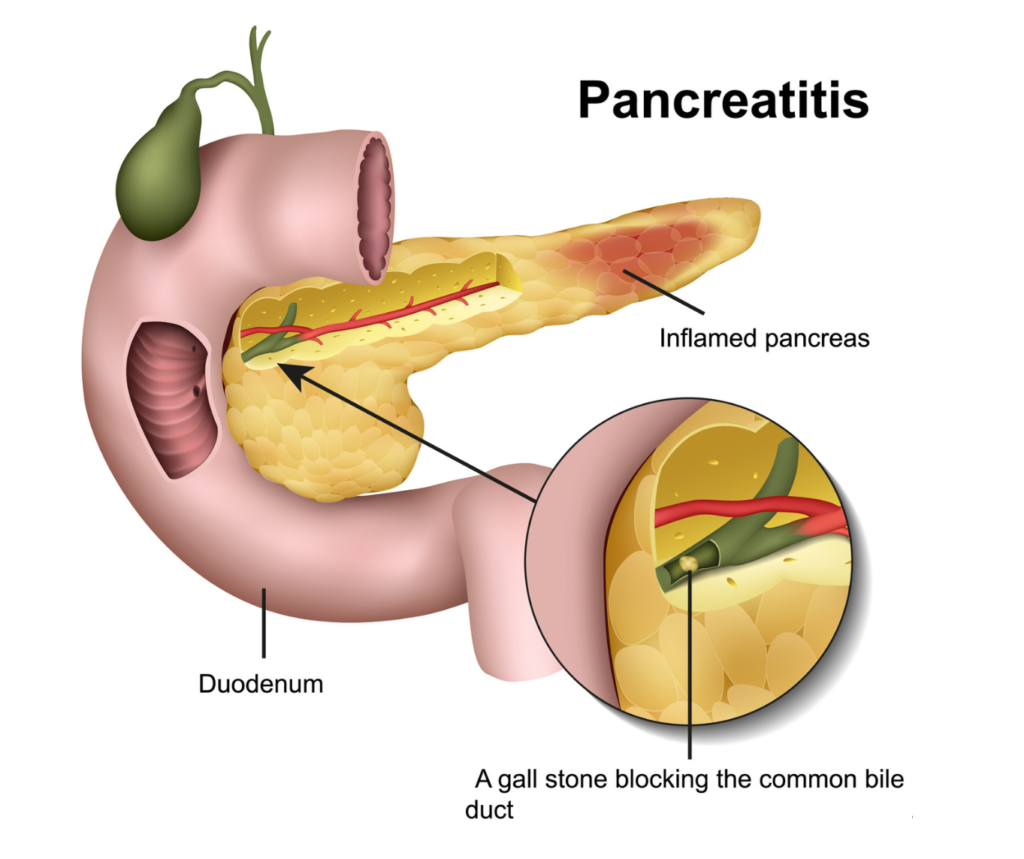Image credit: iStock
Disclaimer
The content on this website is intended for informational purposes only, and is not a substitute for professional medical advice, diagnosis, or treatment. Discuss any information from this website with a qualified healthcare provider or licensed medical professional to determine its relevance and suitability for your individual health needs.
Follow William’s journey through the symptoms, diagnosis, and treatment of pancreatitis. Learn about possible solutions, and how to manage this condition to live healthier lives.
Pancreatitis is inflammation (swelling) of the pancreas. Pancreas is a big gland behind the stomach. It is about 6 to 10 inches (15-24 cm) long.

Credit: iStock
Pancreatitis can be painful and serious. The inflammation can be acute (appearing suddenly and going away quickly), or chronic (continuing for a longer time and possibly causing further problems).
Initial symptoms
For weeks, William (name changed for privacy), a 58-year-old businessman, had pain in his upper abdomen that spread to his back. He lost his appetite and felt nauseous all the time.
Despite all these distressing symptoms, he wasn’t willing to make time in his busy schedule to see his doctor. He self-treated himself with simple painkillers like Buscopan, thinking it would get better.
His wife was worried about him because William has had gallstones in the past and is overweight, and it can be safely said that he likes to drink more alcohol than most people.
She kept telling him to see a doctor, but he ignored her.
Let’s see what we can learn from William’s health journey.
Getting diagnosed
One morning, William woke up with terrible stomach pain. He had a fever and started throwing up. His wife rushed him to the hospital.
He was admitted to the hospital for close monitoring. After taking a detailed medical history, running some blood tests and having an MRI, the doctor confirmed the diagnosis of pancreatitis. The first steps in his treatment were as follows:
- IV fluids
- Pain medicine and antibiotics
- Limited food
His doctor explained that the goal is to give the pancreas time to rest and heal.
Looking for answers
William wanted to learn more about his health condition- what pancreatitis is, why he had it, what treatments are available, and how he could best deal with this health problem.
What is Pancreatitis

Credit: iStock
The doctor explained to William that pancreatitis is when the pancreas gets inflamed (swollen). It is a serious and potentially deadly disease that affects millions of people globally.
The pancreas’ main jobs are to make insulin and enzymes, which are stomach juices that help break down food. When you eat, enzymes help break down food. But when enzymes irritate the pancreas, inflammation happens, which leads to pancreatitis.
Causes
His doctor told him that the most common causes that increase the chances of developing pancreatitis are:
- Family history of pancreatitis
- Family history or a personal history of gallstones (for more insights on gallstones, check out my Fact Sheet here )
- Long-term conditions like diabetes or liver disease
- High levels of triglycerides in the blood
- Drinking too much alcohol
- Smoking
- Age (risk increases with age)
- Obesity
- Certain medications
- Abdominal trauma
- Infections
As for William, his doctor believes that the causes behind his pancreatitis are likely related to his personal history of gallstones, obesity, and drinking too much alcohol frequently.
Unfortunately, his age also makes him more likely to develop this health condition.
Treatment plan and management

Credit: iStock
After a few days at the hospital, William was feeling better. He was sent home with these suggestions:
- Eat a diet that is low in fat, easy to digest, and full of important nutrients
- Stop drinking
- Stop smoking
- Follow up regularly with the doctor to see how things are going, and make necessary adjustments, if needed, to the treatment plan
The doctor advised William that he should strictly follow his instructions, otherwise, this health issue could get worse in many ways, including:
- Damage to the pancreas
- Blocking or narrowing of a bile or pancreatic duct (a tube)
- Leakage from the pancreatic duct
- Pancreatic pseudocysts
- Failure of the heart, lungs, or kidneys
These problems can be deadly if they are not treated timely.
Key Takeaways
Through William’s pancreatitis journey, we learnt that pancreatitis is a serious disease that affects millions of people worldwide, and can be life-threatening. People don’t always understand this condition, which can very negatively affect one’s life.
His health journey shows how important it is to recognize the symptoms early, and get medical help right away to get better faster and avoid problems. Having a treatment plan and management strategy in place is very important to managing pancreatitis successfully.
Further Readings
Below are a few links if you want to dig deeper:
- https://www.sciencedirect.com/science/article/pii/S0016508521035460
- https://link.springer.com/article/10.1007/s40265-022-01766-4
- https://americanaddictioncenters.org/alcohol/risks-effects-dangers/gastrointestinal/pancreatitis






